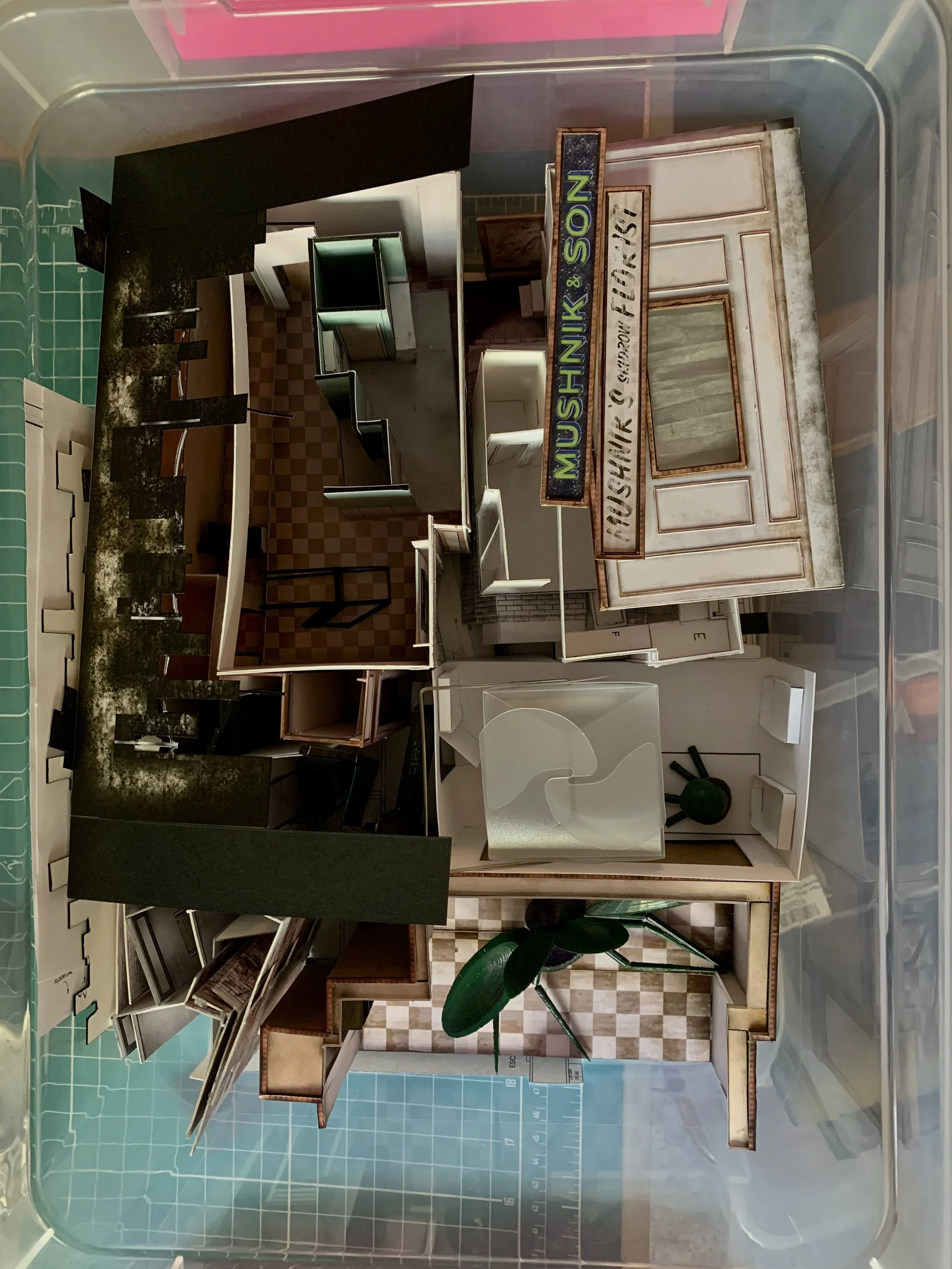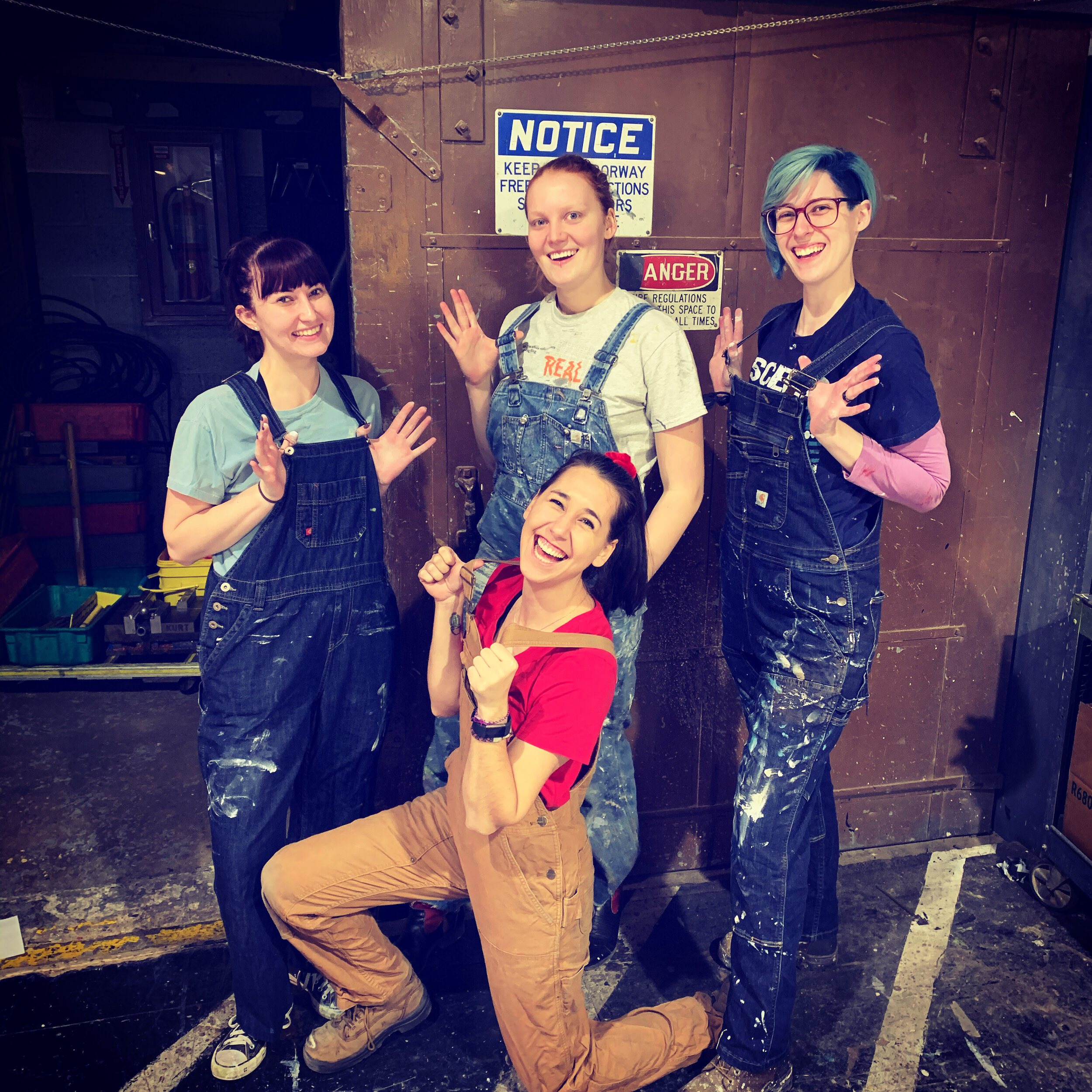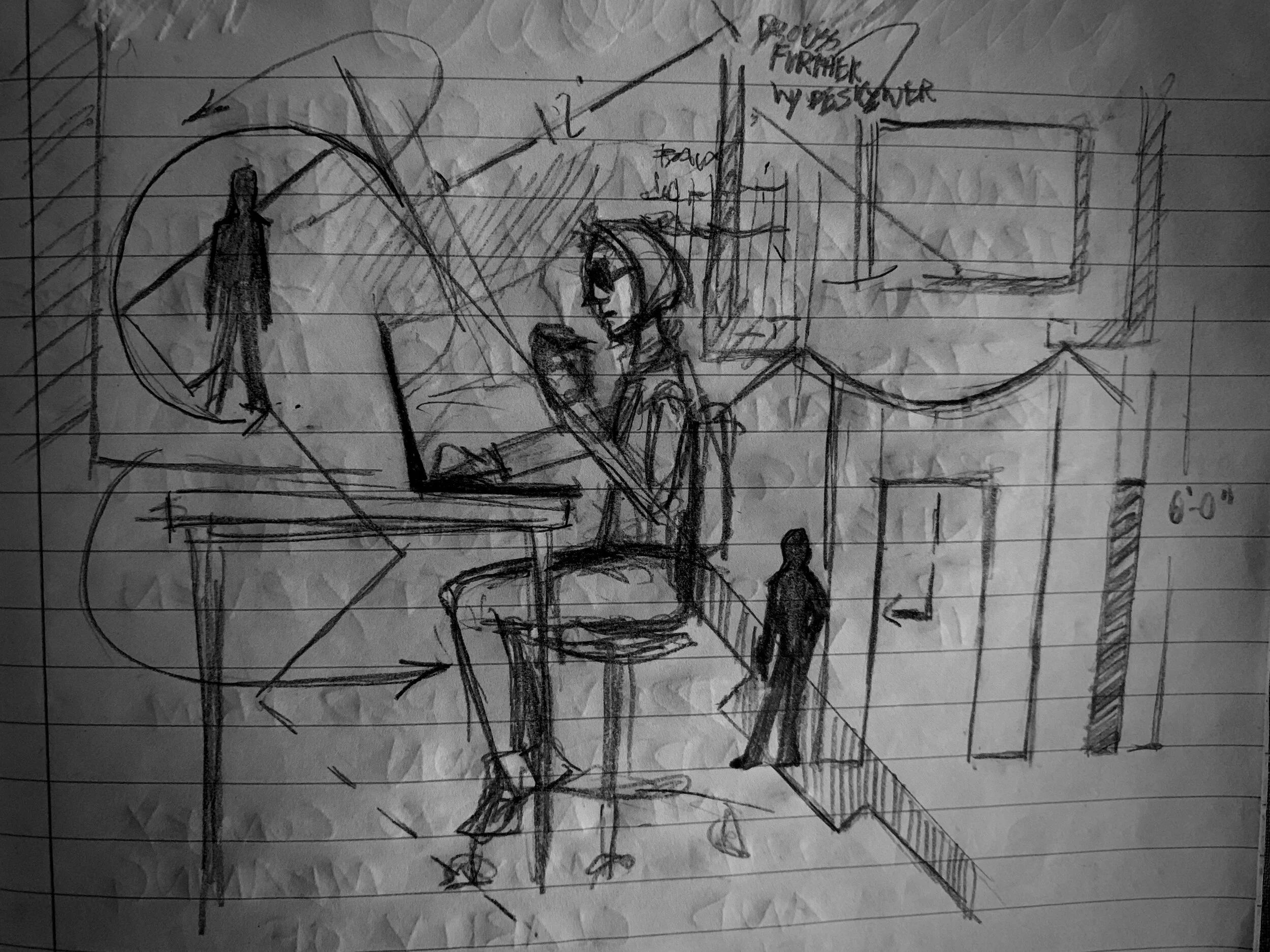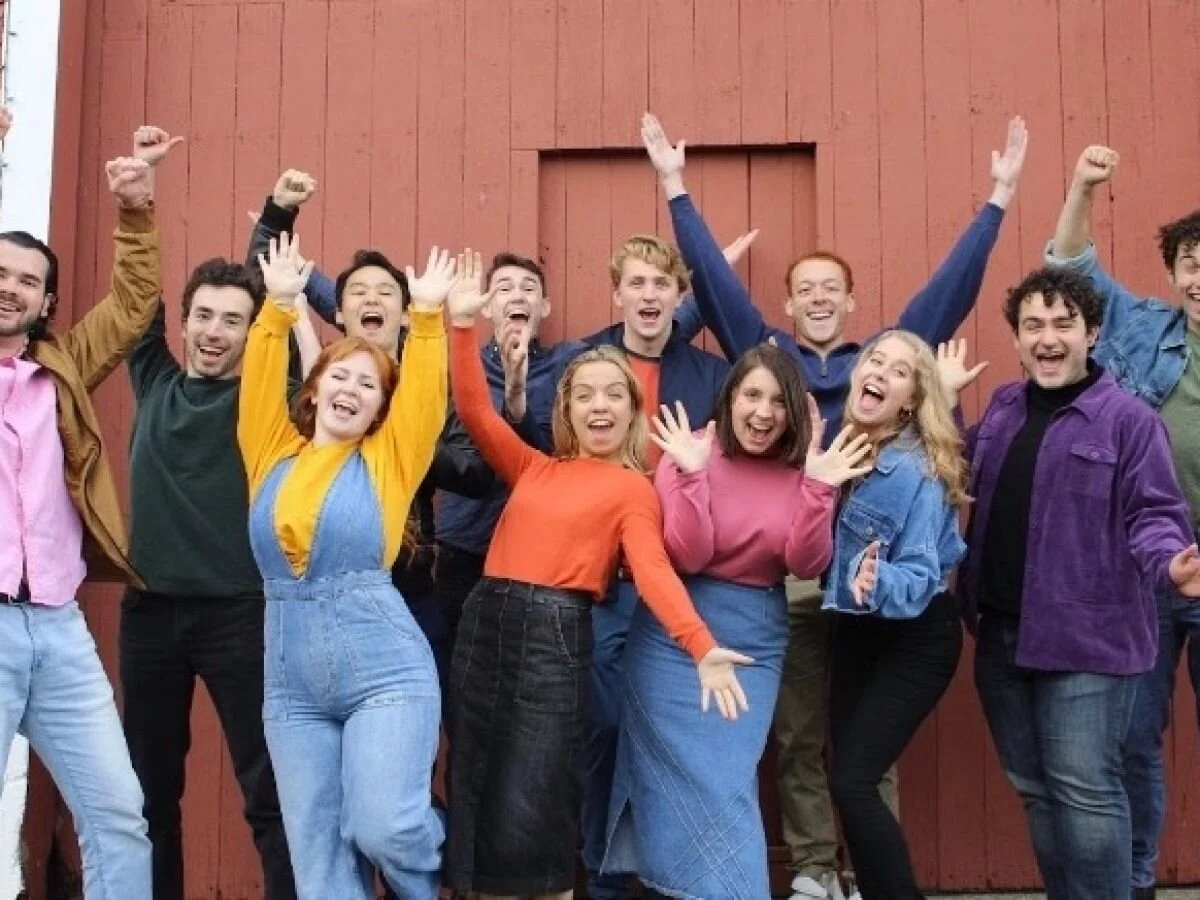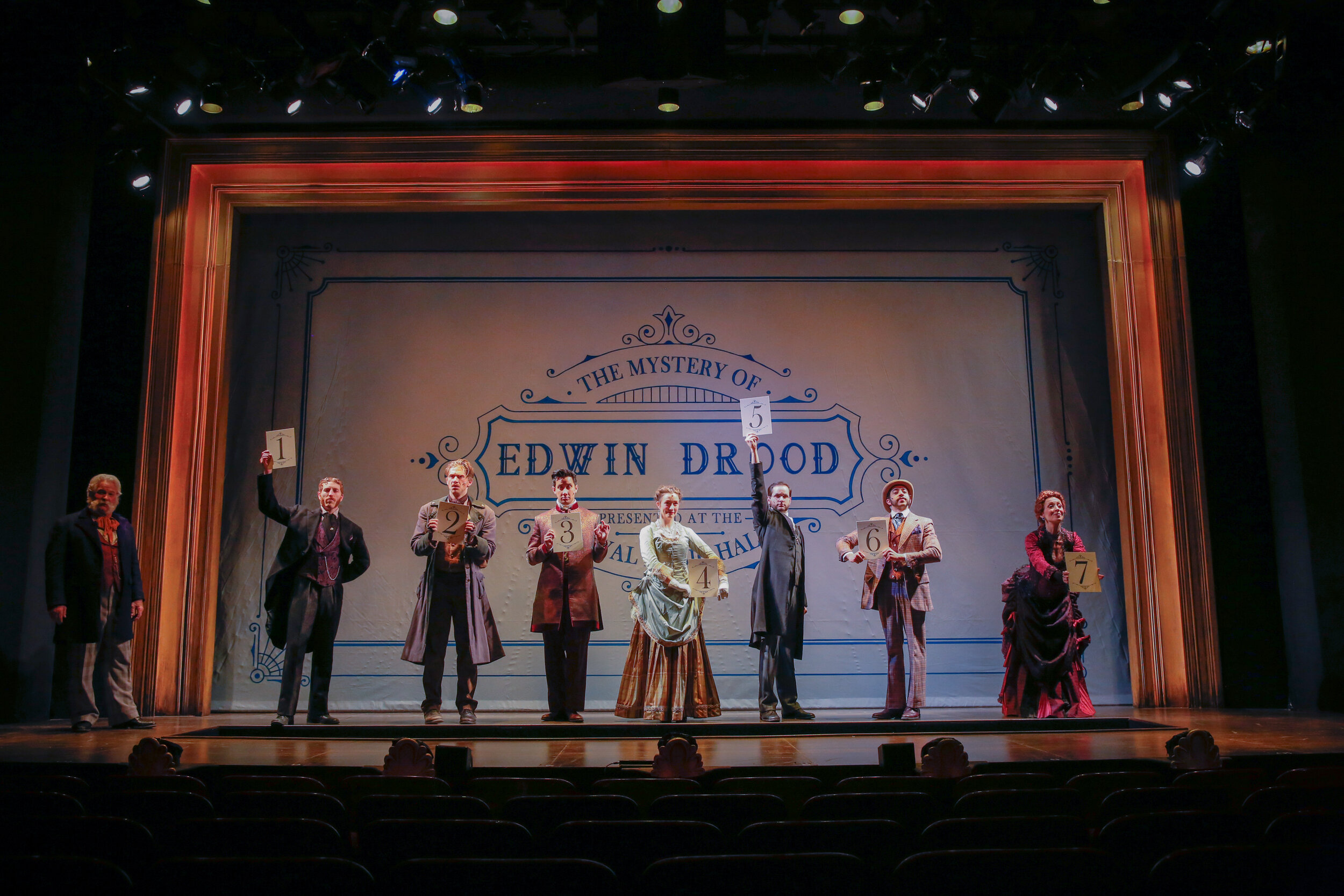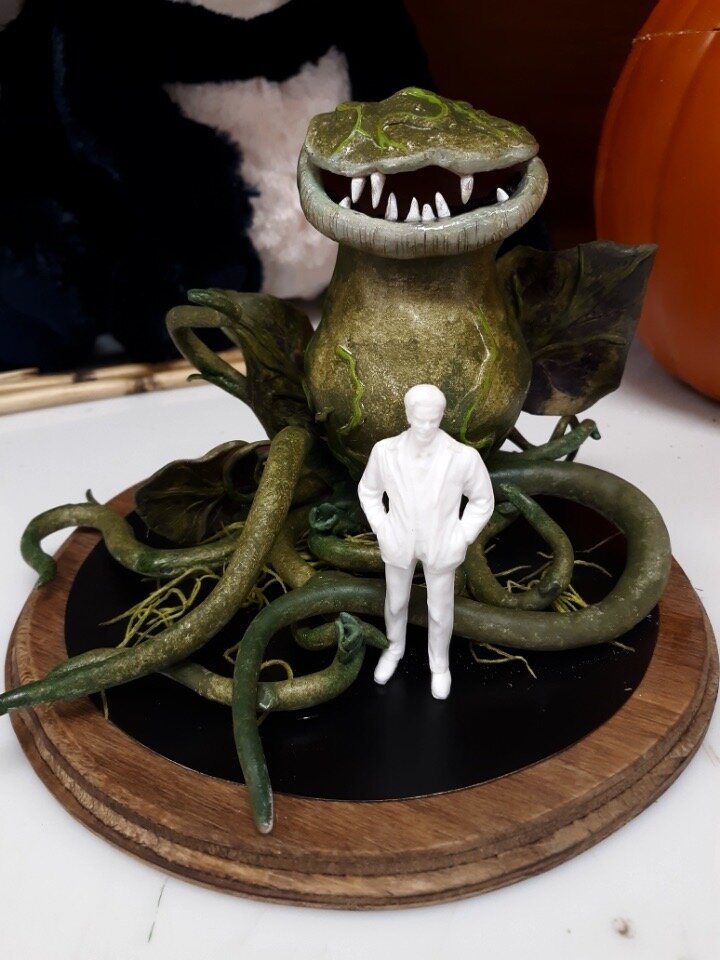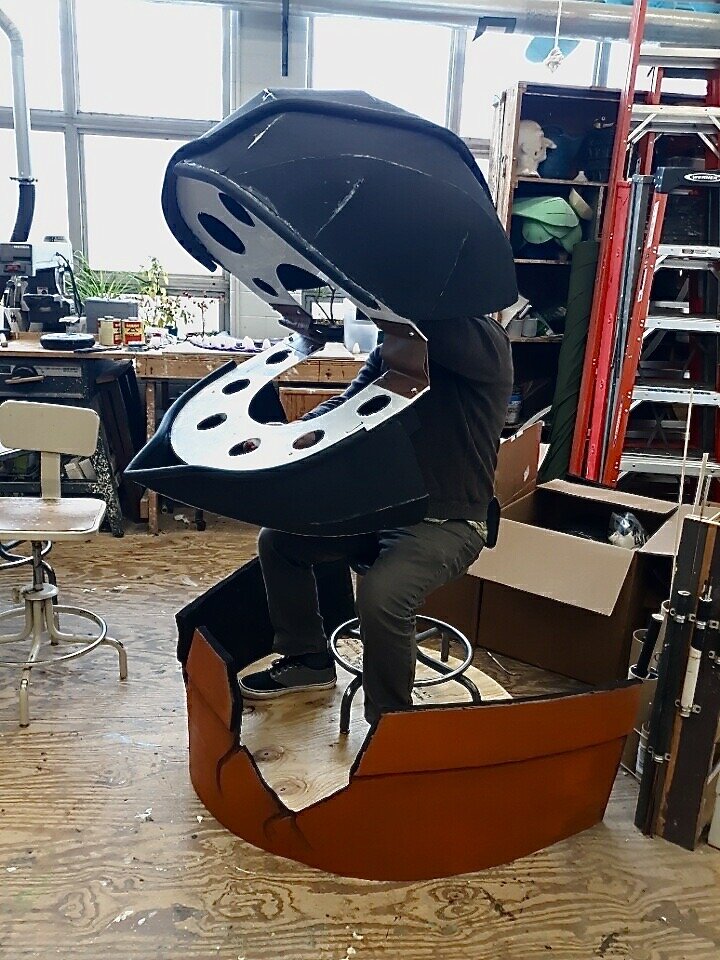This was the email I’d been waiting for.
To briefly to introduce you to the circumstances I’m an MFA candidate in Scenic Design at the University of Connecticut. Part of the deal is that I’m technically a designer in residence for the Connecticut Repertory Theatre for the academic year. Myself and my fellow grad students, and sometimes undergraduate, are often the ones designing the various aspects of the shows that are produced by CRT outside of the Nutmeg summer shows. In our third year of grad school, one of our show assignments also acts as our MFA Project (which we refer to as our “thesis” show even though technically it’s a Master’s Project). In addition to fully designing a realized production in the season, we produce a “book” that catalogs our whole process and all the pertinent materials necessary to our design. We then have to present that documentation and discuss our work with a committee that then formally determines if we have successfully accomplished our Project.
Little Shop of Horrors presented at the Harriet S. Jorgensen Theatre by the Connecticut Repertory Theatre, is my MFA Project. The email above was the official confirmation of that assignment. I smiled wide when I got it. Little Shop holds a warm place in my heart, and I knew it would be a “thesis” worthy challenge. Plus, there was some fun history with the director that I will reveal in later posts. I knew it was a beast of a show. I was already anxious about whether I could actually meet the demands it required. Still, I’d wanted it badly. It was mine, and I was going to do my utmost to make it amazing.
Obviously….some things are different now. I find myself in the place of many of my fellow theatre artists. Our show is canceled as a complication of COVID19 prevention measures. This is painful. The creative team has been working actively together on this production since November 15th of 2019; some of us had been working on it since April of that same year. We had just gotten to the point where we had first rehearsals and we were just beginning production of the scenery and other elements. It was going to be a really good show. The cast was excellent, the production facilities new and ready to handle the scale of the show, and the designs…..they were all quite stellar. Another casualty among the myriad of consequences that I’m sure we will still be navigating years from now.
I have mourned for that unrealized piece of my work. I was deeply excited to see it in motion; more excited than I’ve really admitted even to those closest to me because I cry ugly and I prefer to to do that in private. Now, though, what’s left? Actually, quite a lot.
See, I’m really lucky. I’ve done a huge amount of work, all the creative team has. We’ve been living with this show since November (design process at CRT is quite long), and for me that means I’ve produced 3/4 of the materials that I would have ultimately needed for my show in full. I have pages of research images, sketches, a veritable graveyard of model pieces, a fully colored (and darn good looking) color model, a completed drafting package, detailed paint elevations, and miles of photographic proof that this design was real. I’m sad that I won’t be able to include pictures of the pieces coming to life full size. I won’t be able to gasp in delight as the actors interact with the world we made, but, all is not sadness.
My Project is safe (i.e. I can still present and graduate on time) because thankfully it’s set up to be flexible. So long as I did the work (and oh I most definitely did!), I can’t be penalized for something as unprecedented as a pandemic. “In fact,” my mentor told me in a phone conversation not long after the school moved to online and the show was canceled, “documenting and responding to this event will make your thesis probably more interesting and unique than what anyone would have imagined previously.” I heard the subtle message intertwined in his already blatant encouragement; this is a rough situation that could prove a unique opportunity, use it.
And so, I am. I’m taking this space to open up my process. I’m going to walk through the wild places of how the scenic design for this show came into being and show you, to the best of my abilities, what that design would have looked like had you had the opportunity to see the production. Obviously, no paltry model photos or orderly drafting will ever equal seeing a production. However, I would pose these questions to you; how often do you really get to see the design process showcased? How often does a designer stop to really show all the pieces that went into the model box in the display case at the end? Also, how often do we find ourselves with a little more time to actually explore that process in such detail?
This journey is not just about me. It’s also about my collaborators. Sure I want to show you the process of my design, but more than half that process is inextricably tied to the relationships that I share with my collaborators. We have our specialties, but we are an ecosystem where every design decision profoundly affects everyone else’s choices. How we make those choices together and as individuals is what makes our art form unique. This team was amazing and I want to use this showcase to give you a glimpse of how the way we work together is really the thing that makes our work something worth seeing.
I will be showing and telling in detail. I hope you can see how hard we worked to bring you something wonderful. Even though this is a shadow of a thing deferred, this is the way I want you to see my work. This is my MFA Project, a culmination of three years of grueling labor to become better at my craft. I am proud of this. And so, from here, the posts will showcase parts of the process and the people in that process. Welcome to the Shop!

























